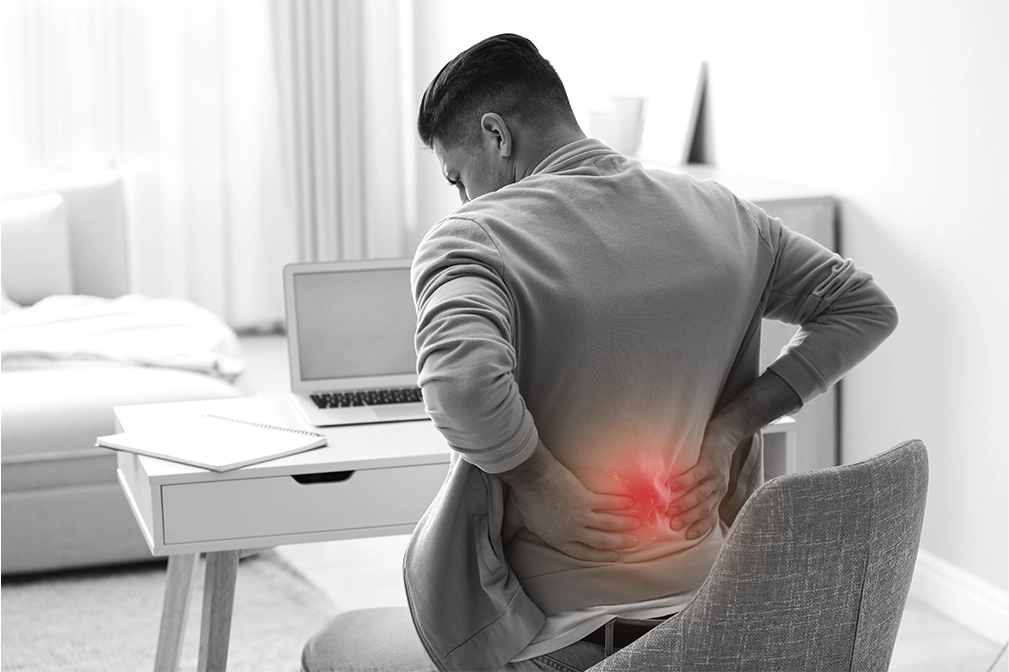
Our spines are the central pillars of our bodies, supporting our posture, facilitating movement, and protecting our delicate spinal cord. They are composed of individual bones called vertebrae, stacked and connected by joints, ligaments, and discs. These components work together to provide us with flexibility and stability.
However, sometimes, this intricate system can be disrupted by conditions like spondylolisthesis. Imagine one of the vertebrae in your spine slipping forward over the one below it, similar to a book sliding out of its place on a shelf. This displacement, known as spondylolisthesis, can cause pain, discomfort, and even neurological problems.
Before delving into the specifics of spondylolisthesis, understanding the anatomy of your spine and its role in our daily lives provides a valuable context. The spine consists of three main sections:
Each vertebra has a complex structure, including the vertebral body, spinous process, transverse processes, and facet joints. These elements work in conjunction with the intervertebral discs, which act as cushions between the vertebrae and provide shock absorption.
Spondylolisthesis can affect any section of the spine, but it is most common in the lower back (lumbar spine). Understanding this basic anatomy helps visualize how a slight slippage in the vertebrae can lead to various symptoms and impact your overall well-being.
In this blog post, we will delve into the details of spondylolisthesis, including:
Types of Spondylolisthesis:
There are five main types of spondylolisthesis, classified based on their causes:
The treatment for spondylolisthesis depends on the severity of the condition, the presence of symptoms, and the impact on the patient's quality of life. Conservative treatments are often the first line of approach and may include:
Surgical procedures aim to:
Prevention:
While some types of spondylolisthesis, like congenital, are not preventable, others may be influenced by lifestyle choices. Here are some tips for prevention:
Conclusion: Taking Control of your Spine Health
Spondylolisthesis, while potentially debilitating, doesn't have to define your life. With early diagnosis and the right management plan, you can alleviate symptoms and reclaim control of your spinal health.
Here are some key takeaways to remember:
Remember, you are not alone. Spondylolisthesis affects millions worldwide. By seeking support from healthcare professionals, joining online communities, and staying informed, you can empower yourself to manage this condition effectively and live a fulfilling life.
Don't hesitate to take the first step towards a healthier spine. Start by scheduling an appointment with your doctor today.
Disclaimer: This blog post is for informational purposes only and should not be construed as medical advice. Please consult with a qualified healthcare professional of Axis Clinics for diagnosis and treatment of any medical condition.